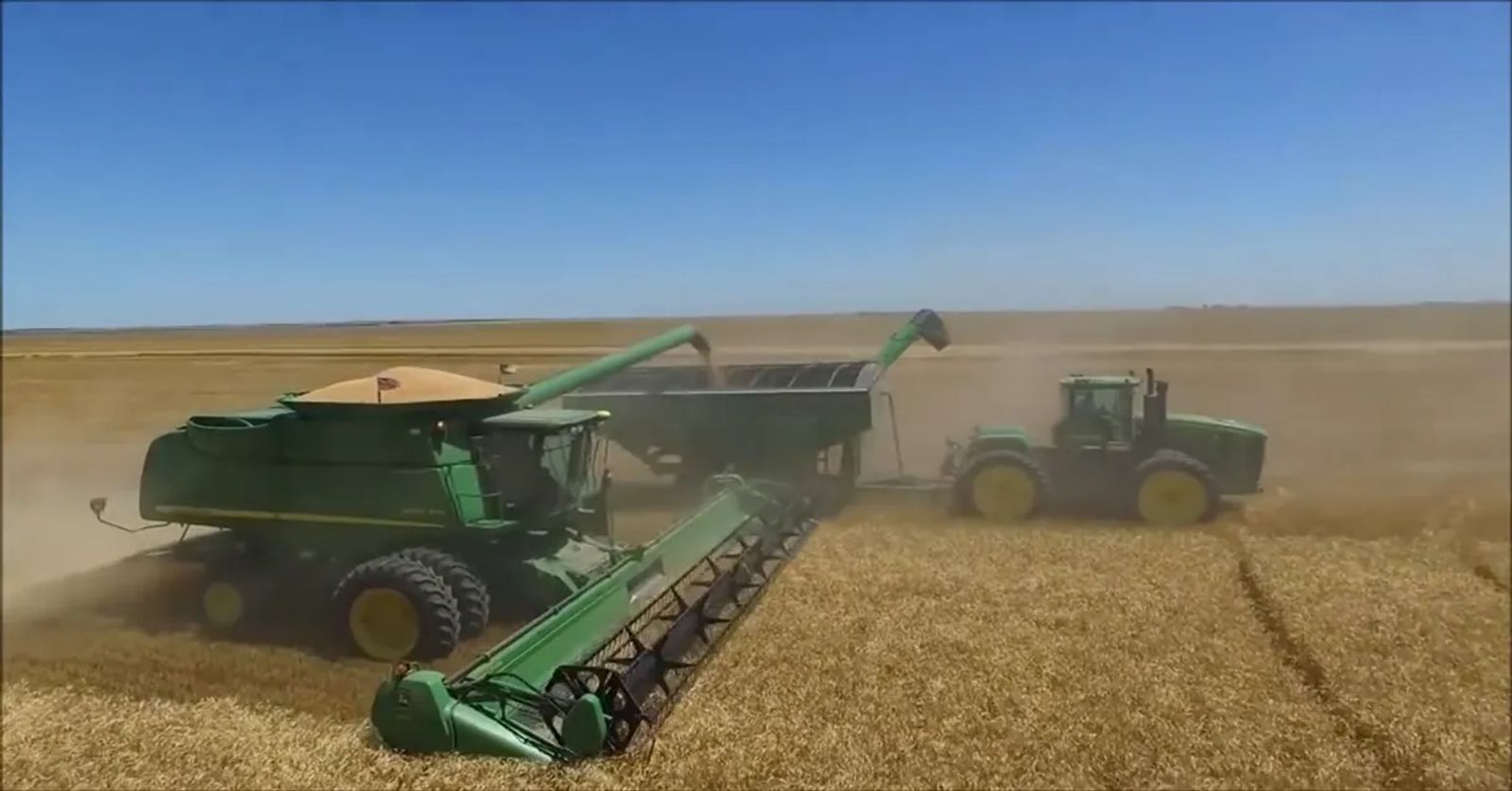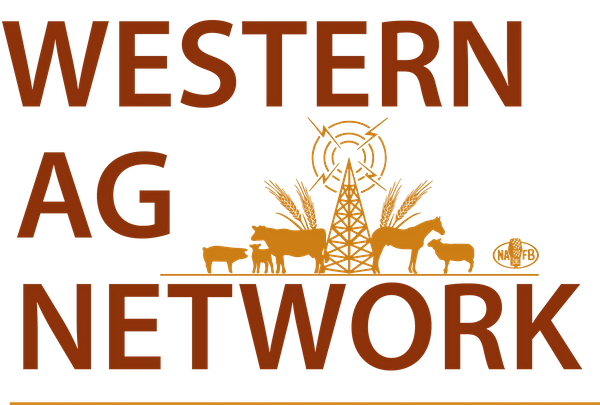
Bullish USDA Acreage, Grain Stocks Reports Send Corn and Soy Futures Skyward, Wheat Takes Back Seat
July 1, 2021
USDA's June 1 Grain Stocks and Acreage reports caught traders flat-footed on Wednesday, with a double whammy of lower stocks and acreage than pre-report surveys had expected. Corn rallied 60 cents from its morning low, while soybeans rallied $1.10. Corn traded limit higher, with beans up over 90 cents at one point, finishing just 14 1/2 cents below the new soy limit.
Here's a breakdown of the reports by commodities:
CORN
USDA estimated 2021 corn planted acreage at 92.7 million acres (ma), compared to the March intentions of 91.14 ma and last year's final 90.8 ma planting. That is up 2% from a year ago, but below Dow Jones' pre-report expectation of 93.8 ma.
Harvested acres were estimated at 84.5 million compared to 82.5 ma a year ago.
At the time of the survey, 98% of the intended acreage had been planted, with just over 2.18 million acres left to plant. With stocks already tight, the lower-than-expected acreage had buyers flocking to buy corn, which was down hard before the report was released.
It is interesting to note that the Dakotas and Minnesota -- the three states embroiled in an expanding drought situation -- were all up sharply from last year, comprising 18.1 ma, or nearly 20% of the corn crop. North Dakota's corn planting rose by 1.57 ma, while South Dakota gained over 1 ma. Principal crop area in the U.S. rose to 317.2 ma, the largest in three years. Corn and soy combined acreage was 180.3 ma, up from 173.9 ma a year ago.
June 1 corn stocks were estimated to be 4.204 billion bushels (bb) but fell short of that, at 4.112 bb -- the lowest in eight years. The March-May disappearance of 3.58 bb compared to 2.95 bb last year. There were 1.74 bb on farm, or down 39%, while off-farm stocks, at 2.37 bb, are up 11% from a year ago.
New-crop December corn was trading 16 to 18 cents lower ahead of the report before moving limit higher. The lower stocks and acreage suggest a much tighter stocks scenario than many had expected.
SOYBEANS
Soybean planted acreage was revealed to be 87.6 ma -- completely unchanged from the March intentions, while traders in Dow Jones' pre-report survey had expected 1.6 ma more at 89.2 ma. Harvested acres were pegged at 86.72 ma -- still up 5% from a year ago on both planted and harvested. If realized, this USDA projection would still be the third-highest planted and harvested soybean acres on record.
At the time of the June survey, USDA assumed that there were just over 9.8 ma left to be planted. As was the case in corn, the drought-stricken Dakotas had large jumps in soybean planted acres, with North Dakota up 25% and South Dakota up 11%, moving up from a combined 10.6 ma last year to 13.6 ma this year, amounting to 15.5% of the total crop area.
Soybean stocks as of June 1 came in about 28 million bushels (mb) below the pre-report estimate of 795 mb, at 767 mb -- the lowest June 1 stocks in six years. On-farm stocks fell by 65 mb from a year ago at 220 mb, while off-farm stocks of 547 mb were down 27%. March-May disappearance figured 795 mb.
New-crop November beans were trading 18 to 20 cents lower just before the report release and rallied to finish 86 1/2 cents higher for the day, while rising a huge $1.12 per bushel above the daily low. The lower acreage and stocks numbers were taken by the trade as a very bullish omen, continuing the pattern of tightening supplies. The report placed a huge premium on this year's soybean crop, leaving virtually no room for lower-than-trend yields.
WHEAT
As is often the case with USDA reports, wheat took a back seat to both corn and soybeans. However, despite a mildly bearish wheat result, it did not prevent the "any-port-in-a-storm" type of sympathy buying in all three wheat markets.
All wheat acres, expected by the Dow Jones' pre-report survey to be 45.95 ma, was instead higher at 46.7 ma. That is a bit higher than the March intentions of 46.4 ma and last year's 44.35 ma planted. Winter wheat plantings came in at 33.7 ma, up 11% from last year's 30.4 ma, but was about 700,000 acres above the trade estimate. Other spring wheat came in slightly higher than expected at 11.6 ma and down 5% from last year's 12.25 ma; the trade had looked for an 11.435 ma total. Hard red spring wheat figured 10.8 ma.
Following months of severe and expanding drought conditions, it seems that spring wheat abandonment will hold much more interest than planted acres, and certainly, the jury is still out on that.
June 1 wheat stocks were estimated to be 858 mb but fell just shy of that at 844 mb. That figure is down 18% from the 1.028 bb stocks one year ago. On-farm stocks of 142 mb were down 38%, while off-farm stocks figured 12% lower, at 702 mb.
Kansas City September wheat, trading down over 10 cents per bushel before the report, finished 32 cents higher, while Minneapolis new-crop September rose to another new contract high on Wednesday, as weather continues to look bullish for the Northern Plains.
FINAL THOUGHTS
It certainly looks like most traders were handed the wrong envelope pre-report, with corn, soybeans and wheat all trading sharply lower prior to the release of the reports. However, once the bullish acreage and stocks numbers were printed, traders scrambled to buy back shorts and get long. Wednesday's June stocks and seeding reports continued the pattern of ever-tightening supplies of corn and soybeans that we have seen for much of the year. The pressure is on to produce trend or above yields just to keep stocks at their already very tight levels. However, weather in the Northwest and Northern Plains is not cooperating so far. Expect volatility to remain very high in coming weeks.
Source: DTN










